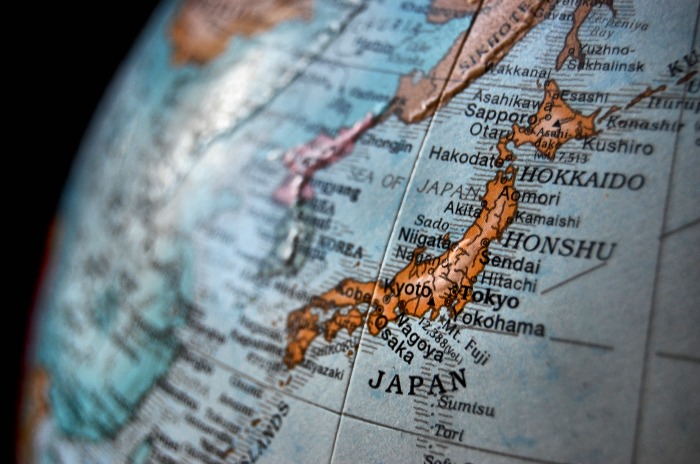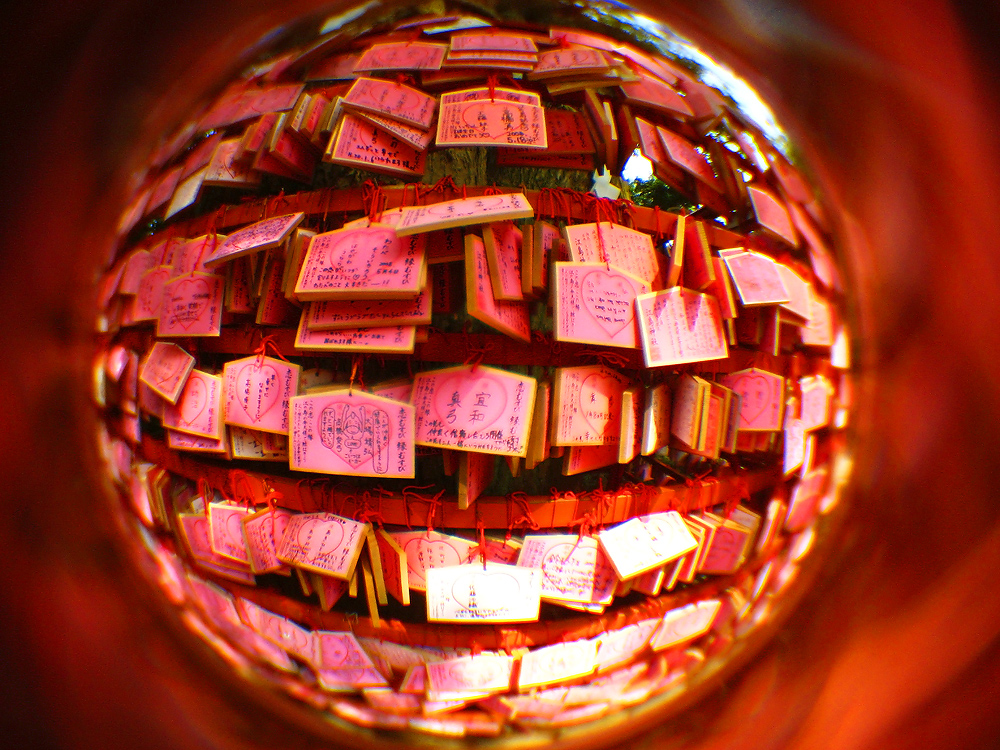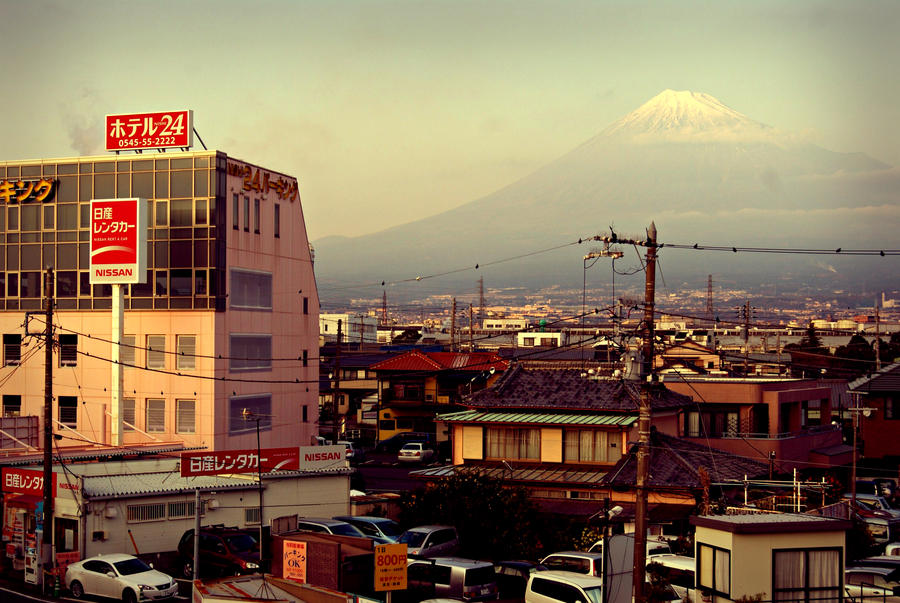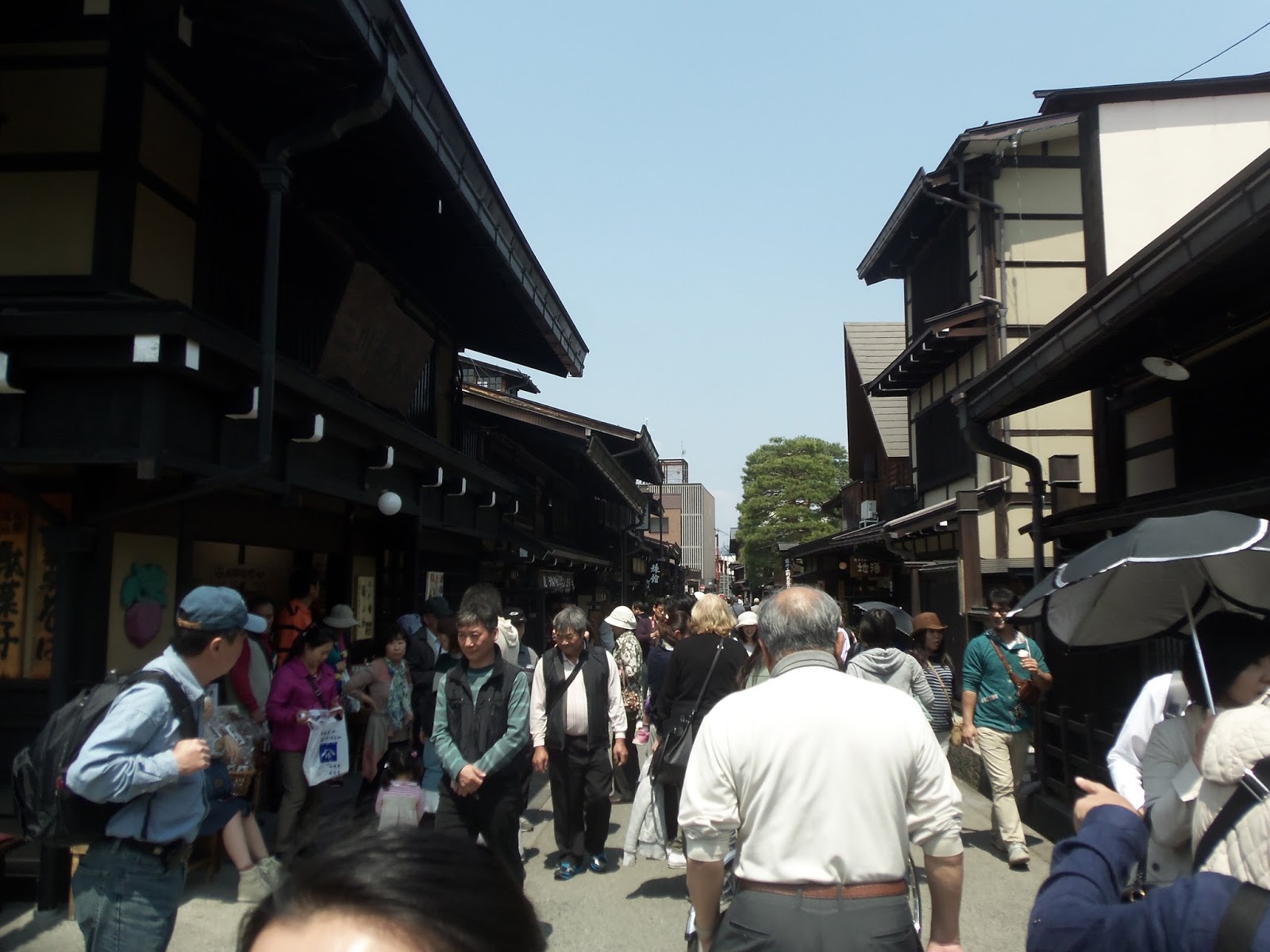Warning! This blog entry
may be uninteresting to male readers. But
I promise that this will be the only one of this kind.
Although I say
Asian cosmetics, I refer only to Japanese and Korean ones. Firstly because I
don’t know any comparable make-up companies from China or other Asian
countries, and secondly – usually when make-up people talk about Asian
cosmetics, they do mean Japan and South Korea. And, as I hope you’ll gather
from this post, they really do beat a lot of Western brands, while being very
affordable, both to outsiders and ‘at home’.
When I went to
Korea, as a bit of an experiment more than anything else, I bought a set called
Dr. Lash Long & Volume from Etude House (well, all my Korean cosmetics are
from Etude House – fun fact: the company was inspired by Chopin when choosing
its name), which claimed that in four weeks it can make my lashes longer and
thicker. Everything in Korea seems very, very cheap, and since I was very, very
intrigued, I decided to try it out.
The set is comprised of three things: a night-time ampule, a day-time essence-primer and a
thing to measure your lashes with.
 |
| http://www.keautystore.com/ |
I measured my
own straight away (although I made the mistake of doing that only for the top
ones, completely forgetting the bottom ones, but anyway!) and after the first
use I realised that even if this product doesn’t work, I wouldn’t have thrown my
money away completely: both the ampule and the primer could double as an
eyelash conditioner and as I was thinking of getting one of those too, in a way
I saved myself some money.
But, as it
turned out, Dr Lash did work. It might not have been a massive change,
nevertheless there was one. The measuring thing objectively confirmed that my
lashes grew by about a millimetre and I subjectively think that the bottom
lashes grew more full than long, while the bottom ones seemed to have grown
more than they grew thick. I doubt that during those four weeks I used even
half of what I bought, so there is a chance that I’ll try another experiment
along the lines of ‘how long will my lashes grow if I continue using Dr Lash
until I run out?’. I’m also curious as to how it works on Korean or Japanese
women, whose lashes are naturally shorter – is the change more visible or about
the same?
 |
| Before: about 6mm (March 21st 2013). |
 |
| After: about 7mm (April 19th 2013). |
Another thing
that I bought in Korea was a mascara base, Oh! M’ Eye Lash, again, more out of
curiosity than actual need. And as far as I can tell, it only seems to be
getting the lashes longer; I haven’t notices any other effect and I don’t
understand Korean, so don’t know what is it that the bottle promises. But I
think that it’s not so much that there actually are no other effects to this
base, but that it’s the mascara and mascara remover that I use which made me
think this way.
 |
| http://www.molykorea.com/ |
My adventure
with Asian make-up started with a Japanese mascara, from Kiss Me – Heroine Make,
which I bought about a year ago. Along with a mascara remover from the same
company, as I read on the Internet that the mascara is so good that no Western
product will truly get it off (at least not without a hell of a fight). Now I
doubt I’d change that mascara for anything else. It does exactly what it
promises to, that is makes the lashes: longer, thicker, curled and stays
honestly waterproof (this last bit was tested with make-up removing cosmetics,
in rain, in the shower and in the little video below). Along with the Oh! M’
Eye Lash mascara base it makes me look like a doll and my eyes must be seen
from about a mile away. See for yourself if you don’t believe me.
 |
| http://sueii92.blogspot.com/ (They;ve changed the packaging now, it's not as nice as on the picture, but the contents haven't changed a bit.) |
 |
| Just the base. |
 |
| Base and mascara. |
And here’s the
video I promised – it shows how well the mascara stays and why do you need a
special remover to go with it.
Other make-up I
bought is a good BB cream and a BB
powder to match, from Japan. Why do I emphasise the ‘good’ bit? For the past
three years or so I’ve seen plenty of BB creams by Western brands, first of
which was Garnier. And although I used Garnier’s BB cream for about two years
instead of foundation (as such it really was better for me: lighter, more
natural and helped to heal any skin condition I might’ve had, from redness to
spots), I wasn’t crazy about it. It was merely ok and I probably would’ve
bought something else as soon as I finished this one. And as it is now, Western
BB creams are far, far inferior to their Eastern predecessors.
Here I have a
confession to make: although it is actually South Korea which is the fatherland
of BB creams, I have already bought a Japanese one by the time I got there. On
the one hand I thought it’d be silly to buy a new one, since the one I had was
more than enough, and on the other – after seeing the choice in Etude House
shops, I’d probably never be able to decide anyway. And I have honestly fell in
love with the Baby Pink’s BB cream even before I actually bought it, when
testing it in the shop (the shop actually advertised it as the second best-selling
BB cream – number one was a tad too expensive for me). It’s very light, to the
point that I can put it on in the morning and not feel like I have anything on
my face for the whole day; at the same time, it does stay on for the whole day,
without smudging or anything (I have ran and I have been caught in the rain
while wearing, and have observed no damages). Also, you don’t need much to get
really good coverage, so although it only comes in bottles of 20g, it’ll
probably last me for a long time. The only bad thing about it is the lack of
colour choices: you only get light or natural, that’s it.
 |
| Left: natural. Right: light. http://ebay.com/ |
While I was
buying the BB cream, I decided to go a little crazy and bought myself a BB
powder as well. I ended up with Moist Labo’s BB Mineral Powder due to two main
reasons: it best matched the BB cream I bought and its packaging is pretty, not
too sickly-sweet-and-cute, but not too bland either. It seems that in Japan and
Korea you can pick make-up at random and it’ll still be better than its Western
counterparts, because there were no disappointments with the powder either. As
with Baby Pink’s BB cream, it’s light and you don’t need much. Truth be told, I
could totally use just the powder, that’s how good the coverage is. And again,
the only downside is the same as with the BB cream: only comes in light or
natural, so if you’re not pale(ish), you won’t really be able to use it.
 |
| Left: light. Right: natural. http://www.ratzillacosme.com/ |
 |
| No make-up on, I simply washed my faced and put some plain face cream on. |
 |
| After putting on the BB cream. |
 |
| After putting the BB powder on top. |
Make-up removal
also isn’t a problem because, as I said after coming back from Tokyo, I found
the Baking Powder face cleansing products. It turned out they are Korean (yes,
from Etude House), not Japanese. I actually got a sample when buying something
else, so could try before buying full size – and I fell in love with the
product so much I bought both types that are available: regular Baking Powder
Cleansing Foam and Baking Powder BB Deep Cleansing Foam.
 |
| http://kpopheaven.com/ |
 |
| http://blog.flauntme.com/ |
What’s the
difference? The BB one is supposed to be designed especially for cleaning your
face from all sorts of BB products and because of that it seems more scrub-like
(medium grains). The regular one also does a little bit of gentle scrubbing
(small grains), perfect for daily usage. They both have a citrusy smell (to me
they smell like batter for lemon cake, but that’s probably just me) and they
both are amazing at their jobs: I use the regular one every night, whereas I go
for the BB one whenever I have make-up on. Just that, I get in the shower with
all the make-up still on, and I get rid of it all with just Baking Powder BB
(once I even experimented to see if it’d do anything to the Kiss Me – Heroine Make
mascara – it just about managed to bulge it, only a wee bit, but it did!). No
streaks, no leftover make-up or panda eyes, I feel fresh (that citrusy smell)
and I can go to bed straight away.
Or, as it often
happens, get a face mask on. I’ve tried all sorts of weird and wonderful face
masks, mainly from a company called Pure Smile (a Japanese brand, yet all their
masks say “Made in Korea” – hm?), and I am not disappointed. Fruity ones, with
precious stones’ extracts (this, I’ll be honest, I think is a bit of a lie, but
the masks are still good), even a chocolate one! To name a few weirder ones,
there’s a red wine mask, and utterly ridiculous – with extracts from snails,
snake’s or bee’s venom, even jellyfish. The thing that bothers me about those
face masks is that they all claim to be appropriate for all skin types and all
advertise the same effects (mainly relaxing and moisturising). What is that
supposed to mean? That Asia doesn’t have any other skin problems (pfft, yeah,
not gonna believe that!)? That they can’t be bothered to make different masks
for different skin types? That those masks really are for all skin types and
you only have to watch out for allergies? I don’t know, I haven’t figured it
out yet, but a I am yet to find a bad face mask among them, all the ones I had
really did moisturise and help in relaxing, I probably shouldn’t complain too
much.
 |
| http://global.rakuten.com/ |
And that’s
pretty much it. I won’t go on about nail polishes – a knowledgeable friend of
mine has told me that there’s no real difference, just the colours, but the
quality stays the same; though following her advice I did buy a few nail polishes
in 100 yen or 1000 won shops. I have already talked a lot about cosmetics. And
as I said at the beginning, this’ll be the only blog post like this, which
doesn’t mean that I’ll stop testing out stuff.
For people who
are interested in Asian make-up: there’s tons of websites and online shops
where you can buy this stuff, from places as straightforward as eBay or Global
Rakuten all the way to shops dedicated solely to getting Korean and Japanese
brands worldwide. I bought my mascara on eBay (oddly enough, it was sold from
Hong Kong, but what arrived was the real deal), I just had to wait about three
weeks, that’s it. Sure, if you buy online the prices will be a tad higher than
in Japan or Korea, but that’s something we just have to deal with, it’s still
cheaper than going over there just to do a bit of shopping. Though if you are
going to Japan or Korea anyway, it’d better to stock up over there. Korea is
cheap enough that you can safely buy from the brand’s stores, staff in all
Etude House shops was very friendly and helpful, even if sometimes they spoke
only the most basic English. And in Japan it’s probably better to wander off
into the discount drug stores (they’re easy to spot: quite colourful on the
outside and seemingly a bit chaotic on the inside, compared to, for example,
shopping centres).


























































